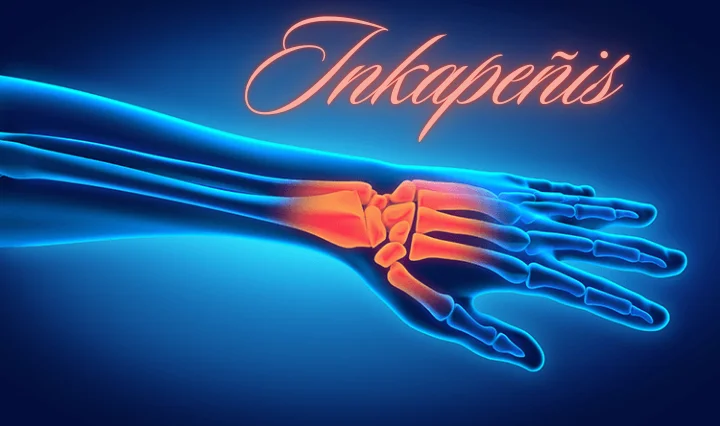Understanding Inkapeñis: A Cultural Exploration

Introduction to Inkapeñis
Inkapeñis, a term that resonates with cultural significance, refers to a rich tradition or practice rooted in the heritage of a specific community. The value of understanding Inkapeñis lies in appreciating the diversity and depth of human experience as expressed through unique customs, practices, and beliefs.
Historical Roots
The origins of Inkapeñis can often be traced back to ancient civilizations that valued communal bonds, storytelling, and the arts. While the specifics may vary, Inkapeñis typically embodies the essence of identity and continuity among people. Historically, these traditions may have been used as tools for social cohesion, communication of values, and preservation of history.
Cultural Significance
At its core, Inkapeñis reflects the way a community understands itself and presents its worldview. It carries the essence of language, rituals, art forms, and social practices that have been passed down through generations. By celebrating Inkapeñis, communities reinforce their identity and strengthen bonds among members, ensuring that the wisdom of elders is not lost but instead is integrated into the life of the present.
Language and Expression
Language plays a crucial role in Inkapeñis, as it is the primary means through which traditions are conveyed. The stories, proverbs, and expressions unique to a culture serve as vehicles for teaching values and enhancing understanding within the community. Poetry, music, and visual arts often draw from these traditions, creating a rich tapestry of cultural expression that celebrates the beauty and complexity of human life.
Rituals and Practices
Rituals are central to the concept of Inkapeñis, encompassing a wide range of activities from significant life events like births, marriages, and funerals to seasonal festivals and communal gatherings. These rituals often provide a sense of belonging and continuity, reminding participants of their shared history and collective identity. They serve as a bridge between the past and the present, allowing each generation to add its own layer of meaning while honoring those who came before.
Challenges and Preservation
In today’s globalized world, many traditional practices, including Inkapeñis, face the threat of erosion. Rapid modernization, cultural homogenization, and the influx of external influences can dilute these rich traditions. However, efforts are being made worldwide to document, celebrate, and revive aspects of Inkapeñis. Cultural preservation initiatives, community workshops, and educational programs help to ensure that these valuable traditions continue to thrive.
Conclusion
Inkapeñis represents much more than a term; it encapsulates the soul of a community, embodying its history, values, and artistic expressions. Understanding and appreciating Inkapeñis enrich not only individual lives but also the broader tapestry of human culture. As we navigate the complexities of modern life, let us recognize the importance of honoring and preserving our diverse traditions, ensuring that the wisdom of our ancestors guides us into the future.
Call to Action
To truly appreciate the value of Inkapeñis, consider engaging with your local community. Attend cultural festivals, participate in workshops, or explore the stories of those around you. Each interaction provides an opportunity to learn and grow, fostering a deeper connection with the traditions that shape our identities.



